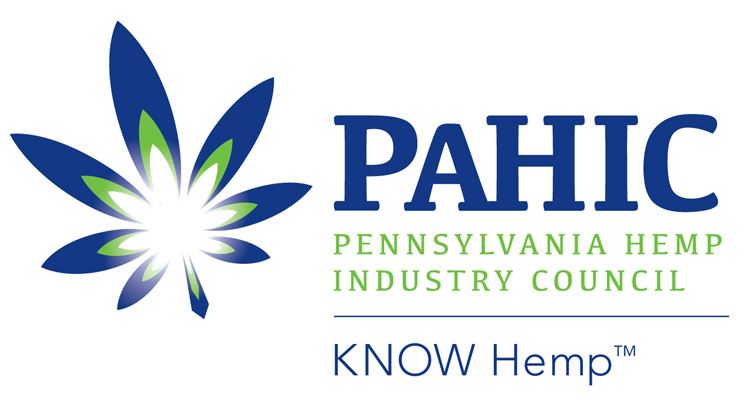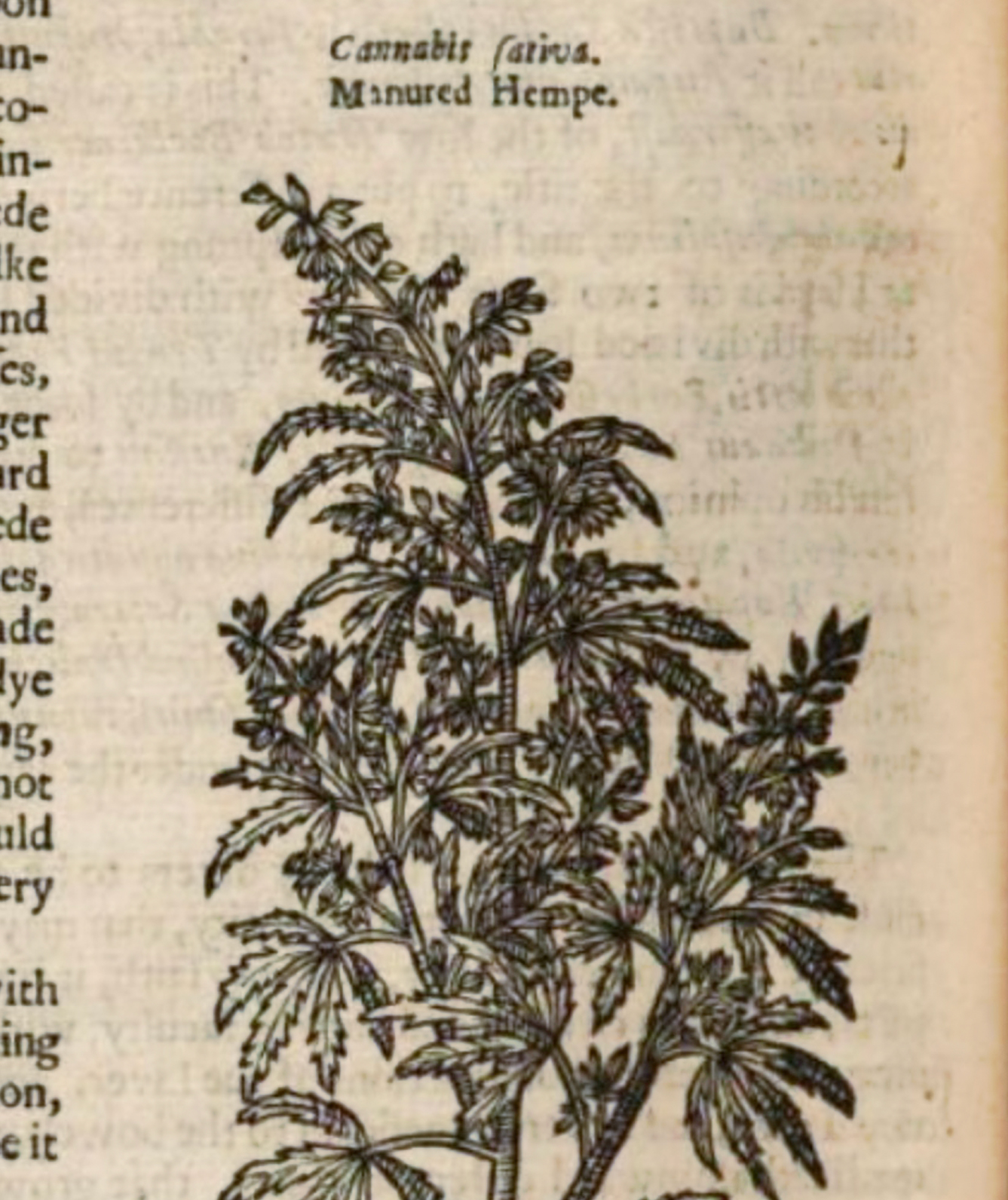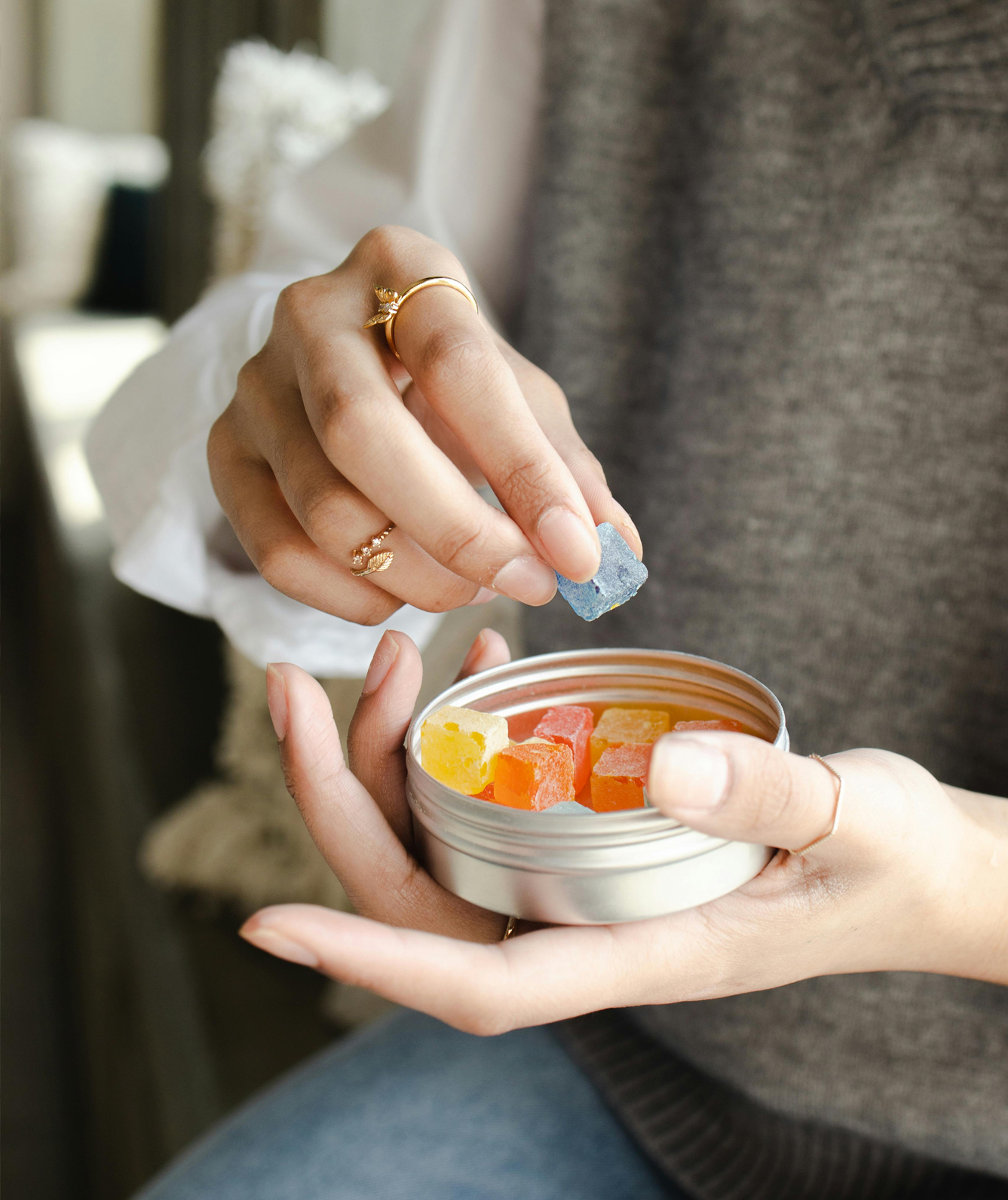Hemp Textiles
In the US, 80 years of cannabis prohibition has saddled the plant with cultural baggage. Many Americans still see hemp clothing as outlier with dated cultural significance. Historically it’s one of the world’s most common and durable fabrics, with modern applications in the ready-to-wear and performance textiles market.
Fashion is one of the world’s biggest polluters, second only to oil. A few major brands and numerous small labels are using durable hemp blends to introduce sustainability to the industry.
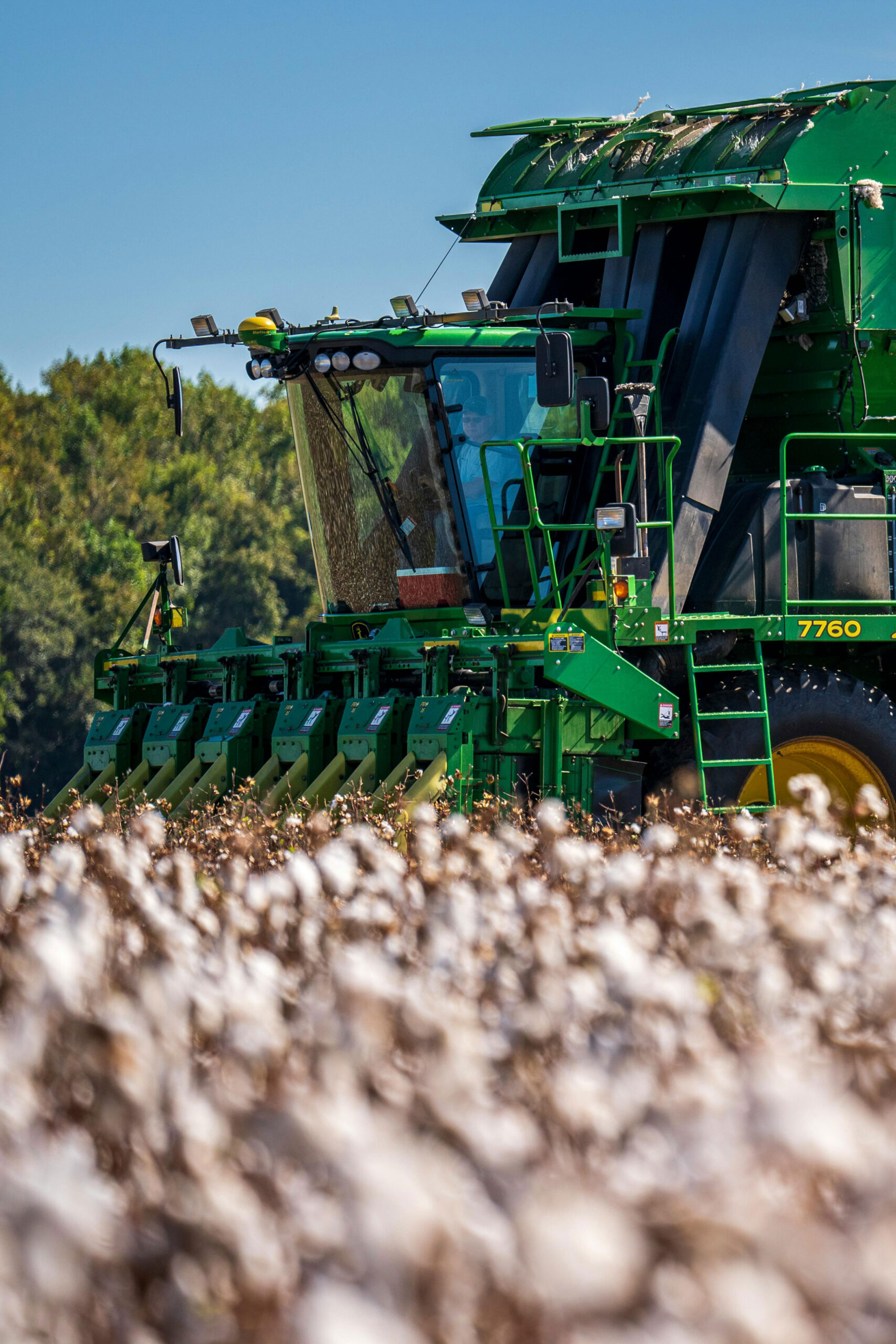
Why Hemp Textiles are Important Right Now
The world has a cotton problem. 50% of the apparel industry’s $1 trillion market is cotton (polyester makes up most of the other half). Cotton uses around 6% of the world’s pesticides and 16% of all insecticides, which contributes to GHG emissions and pollutes thousands of gallons of drinkable water. Cotton is thirsty—it takes more than 700 gallons of water to produce one t-shirt—and cotton farming is disproportionately located in water-starved regions. Water intensive non-food crops are simply not sustainable, and major textile mills are actively seeking alternatives.
It takes 700 gallons of water to make one cotton t-shirt. It takes 80 gallons of water to make one hemp t-shirt.
Hemp can help. Hemp textile fiber is antibacterial and stronger than cotton. Fiber yields are higher per acre and use a tiny fraction of the water and pesticides used by cotton. Cotton ravages the soil where it grows; hemp aerates and replenishes the soil with little to no pesticides. Reviving the textile supply chain in the US is a major ambition of the domestic hemp industry.
Hemp Textiles in the US Today
Since 2014 the hemp textile industry has reemerged in the US, with big names like Patagonia, Nike and Levi’s ramping up hemp offerings, and lesser-known startups like Jungmaven, Toad & Co, Valani, Outerknown, and others basing their brand identities around sustainability. Hemp apparel is typically a hemp/cotton blend, but China (one of the largest producers of hemp yarn) uses the durable material for multiple military applications, suggesting the US DOD might have use for consistent domestic supply.
Sustainability is fashionable; being reliant on Chinese hemp imports is not. Hemp blends are durable and anti-bacterial, making them ideal for workwear, uniforms, performance apparel, and blends.
The above brands are all using imports in some way, but there are companies emerging on the domestic supply side. In the US Southeast, where regional agronomy has long been textile-focused, a handful of startups are working (some with university grants) to reintroduce the commercial-scale spinning, carding and weaving of hemp.
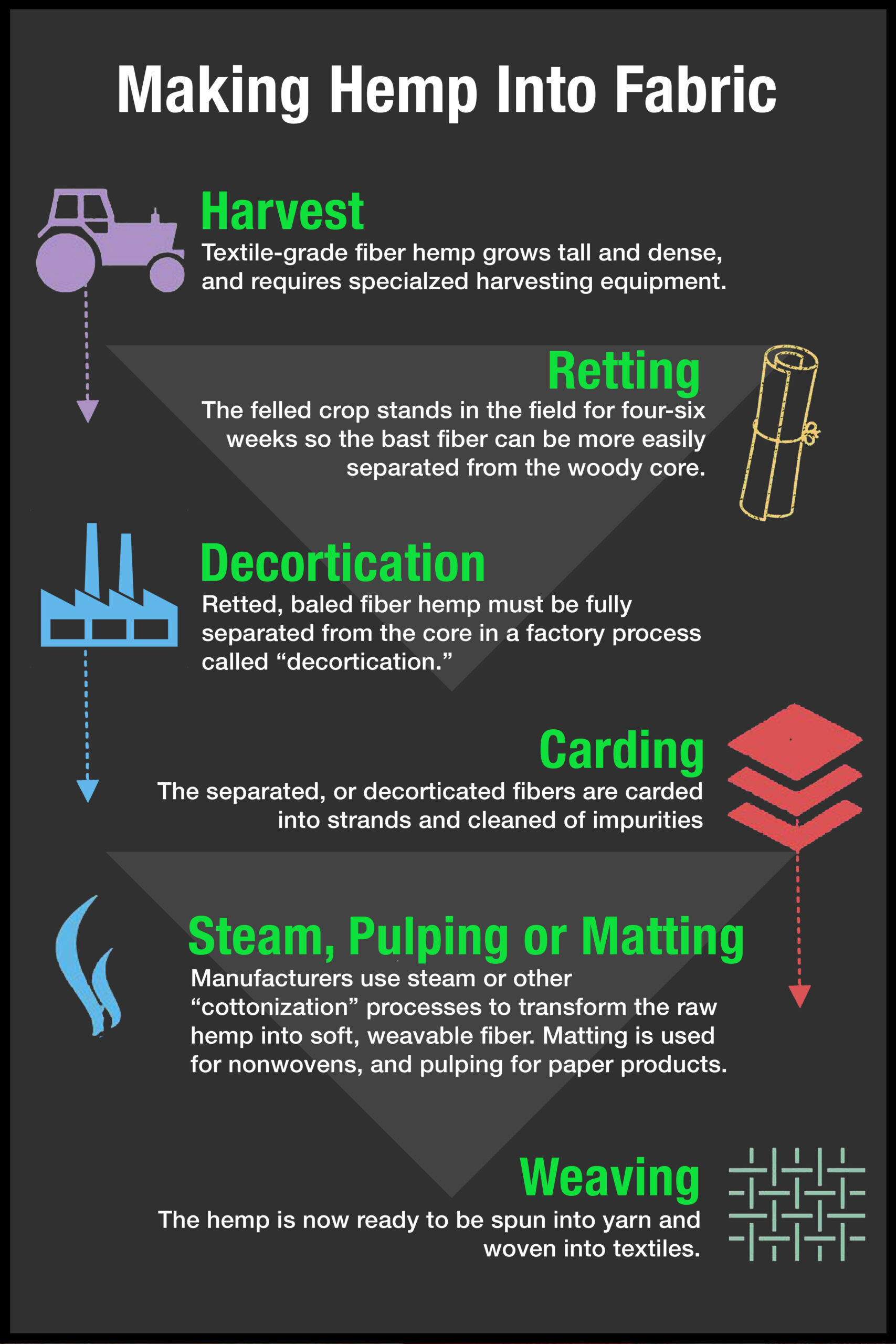
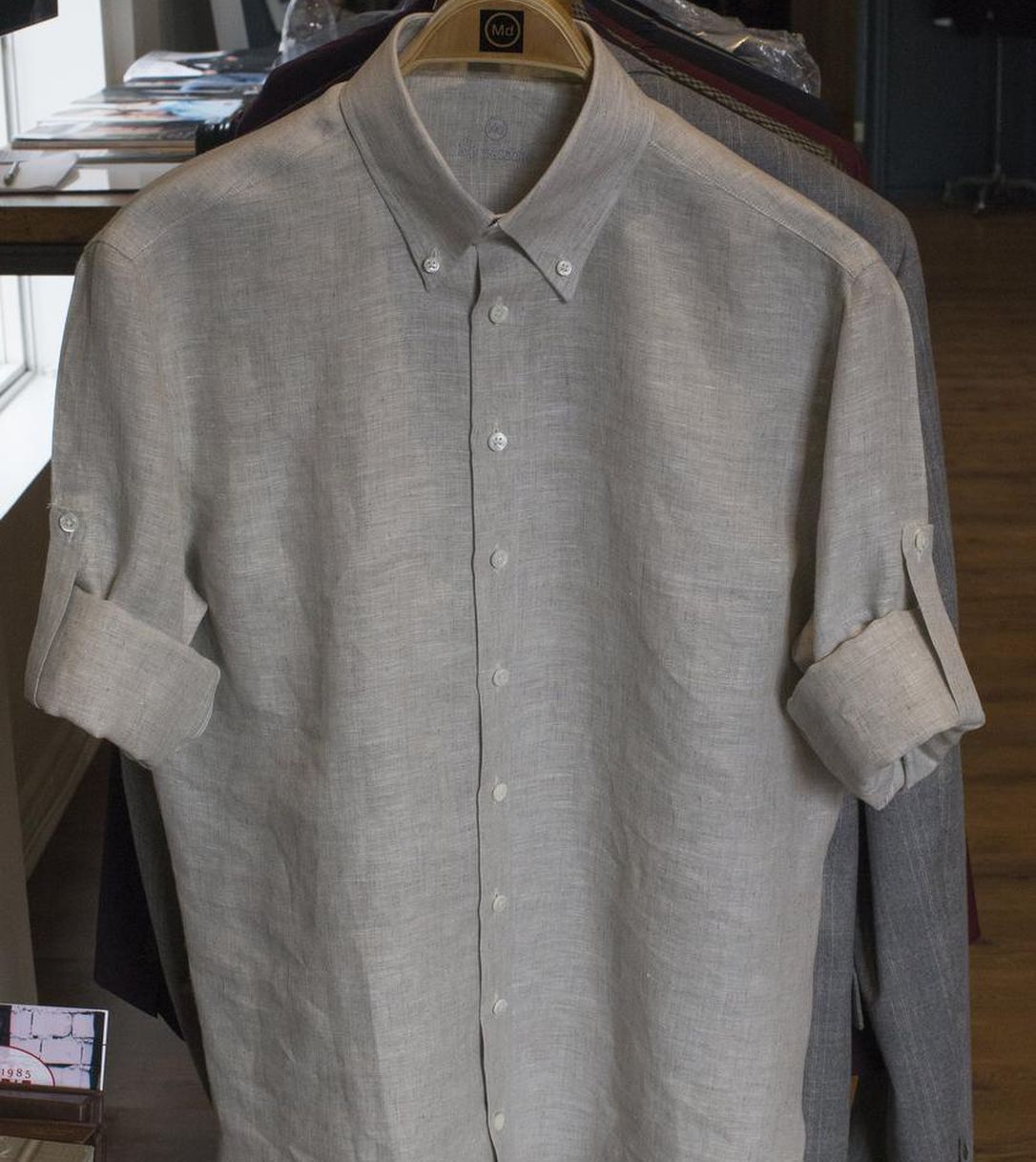
The Future of Hemp Textiles
Hemp goes through four basic steps to be processed into textile-grade fabric: decortication, carding, pulping and weaving.
US hemp textiles represent an estimated $105 M market, less than 14% of the total industrial hemp market, and a fraction of the total US apparel market, which is valued at $300 B. Still, because of potential tie-ins with high-visibility brands, hemp textiles represent a way to market industrial hemp and gain North American mindshare.
Well-known companies like Patagonia and Levi’s are currently developing hemp apparel with pilot programs focusing on durability and performance. VF Brands (Lee, Wrangler, and more) moved its operations to Colorado in an apparent play to be closer to the hemp industry. It’s important to note that very few of these companies are making 100% hemp fiber clothing; cotton/hemp blends are the most common.
Created in part with a grant from the Pennsylvania Department of Agriculture
Join PAHIC and benefit from resources, knowledge and a community dedicated to the ongoing success of industrial hemp in Pennsylvania.
